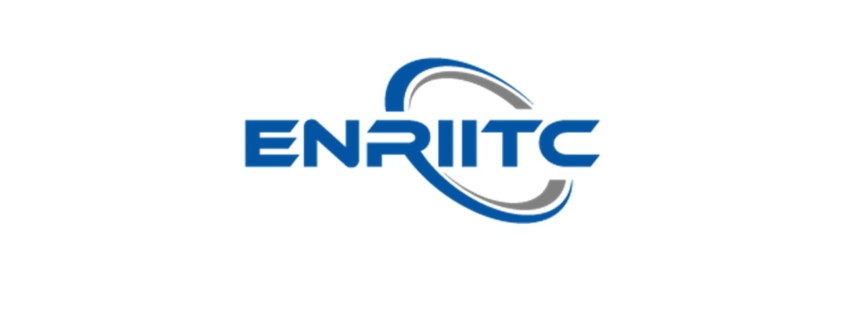How to scale-up the societal impact of Research Infrastructures by integrating with innovation ecosystems.
It is important for a Research Infrastructure to recognize other stakeholders in the innovation ecosystem surrounding them and understand which role to embrace.
This was one of the main messages from the strategic work represented in the ENRIITC deliverable 3.2 and shown in the second column in the Figure below.
In several cases, research infrastructures – in particular large-scale facilities – are found as core elements of research and innovation campuses. These campuses may integrate the RIs together with universities, RTOs and industry, both large enterprises and small start-up / incubation environments.
Examples of these campuses include the Grenoble Innovation Campus “GIANT” (including the international facilities European Synchrotron Radiation Facility and Institute Laue-Langevin) and the Harwell campus near to Oxford (including the national facilities Diamond Light Source and ISIS).

The potential local or regional collaborators may belong to different categories that are listed below:
- INDUSTRY CLUSTERS AND ASSOCIATIONS
Most companies are part of local network or organisation of companies who often act as intermediaries in the contact with companies, especially for SMEs. Engagement with industry clusters may be mutually beneficial since the RI can offer new solutions for their members, while the clusters can help tune the offer to better match the needs of their members.
- RTO AND TECHNOLOGICAL INFRASTRUCTURES
Europe has a wide web of ca. 350 Research and Technology Organisations (RTOs) that operate in the space between the academic world and companies. These include, e.g., Fraunhofer (DE), TNO (NL) and VTT (FIN). A company with a need for an analysis, measurement or knowledge will often start by consulting a local RTO. For this reason, the RTOs may represent an interesting multiplier function where an RI can, in fact, access several companies via the RTO either by referral or by the RTO using the RI to offer services to companies.
- UNIVERSITIES
Most RIs have a strong relation with researchers at universities using the RI for their scientific investigations. This relation can be used to strengthen the RI-industry collaboration. The RI can engage the researchers to establish who is working with companies and use the relation to gain insight into the industrial value and depth of the collaboration. Universities also play an important role in the training of students to prepare them for a job in industry.
- ILOs AS NATIONAL NODES/MULTIPLIER
Industrial Liaison Officers (ILOs) are appointed to represent the companies in a member country’s that supply components and services to an RI. This system intrinsically gives the RI a potential for a quite unique outreach channel to industry in all the member countries which could solve the challenge that many of the companies with which an RI is interacting, are local or in the same country as the central hub of the RI. ENRIITC recommends that each member state consider the potential benefits of an extended mandate of the ILOs to include industrial suppliers, co-development, technology transfer and even industrial usage of the RI.
You can learn more and check the ENRITC Deliverable 3.2 here.






Leave a Reply
Want to join the discussion?Feel free to contribute!